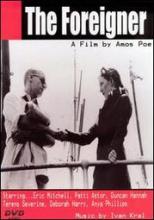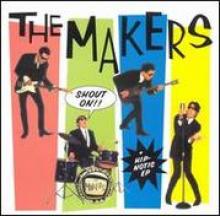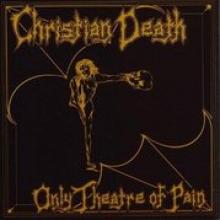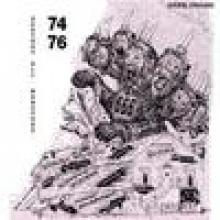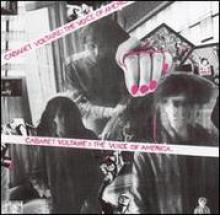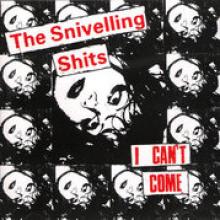Amos Poe's the Foreigner: More Bad Film from the Punk Era
But what really interests me about film are the stories that are able to be related through the form. I’d really like to tell you about The Foreigner’s plot, but I can’t. Beyond a foreigner showing up in the States, dressed in white and running around the city, there’s not too much going on.
Surely, the film’s director had some sort of plot outlined in his head. The fact that its winds up being meaningless – or at least un-relatble to the viewer – is a problem. After all, the point of a film, apart from being entertainment, is to relate some narrative. Of course, those two concepts dovetailing is usually a good deal. But that doesn’t happen here.
Instead The Foreigner is made up of a series of really brief vignettes, unrelated if not sitting next to the director and getting a play by play synopsis.
Coming out of the punk scene – Debbie Harry makes a brief appearance, bums a cigarette and sings a song – Amos Poe’s work here is really not too much else than an art school film obsessed with its own culture. That doesn’t mean its all bad, just for a specific time and place, which might make it totally irrelevant outside of that scope.
Punk fans, though, are going to be most engaged by a scene that finds our foreigner sitting around his room at the Chelsea – a pretty clean one at that – and just watching some television. Somehow, though, his crap tv set picks up some interesting stuff. And this particular evening’s viewing has to do with Mark Perry and Alternative Television.
Referencing your own culture isn’t a problem considering such a narrow audience. It’s just a surprise that Poe’s earliest effort still has some sort of fan base. There’s no real reason to search this one out apart from a distinct obsession with punk historicity in multiple disciplines.
Even contrasting this with Jim Jarmusch’s earliest work doesn’t do much for The Foreigner – not that Jarmusch turned in a gem with Permanent Vacation. But this all just leads to the conclusion that film might have been the one medium early punkers weren’t able to inject with the same sort of energy as the associated music. Bummer, huh?
